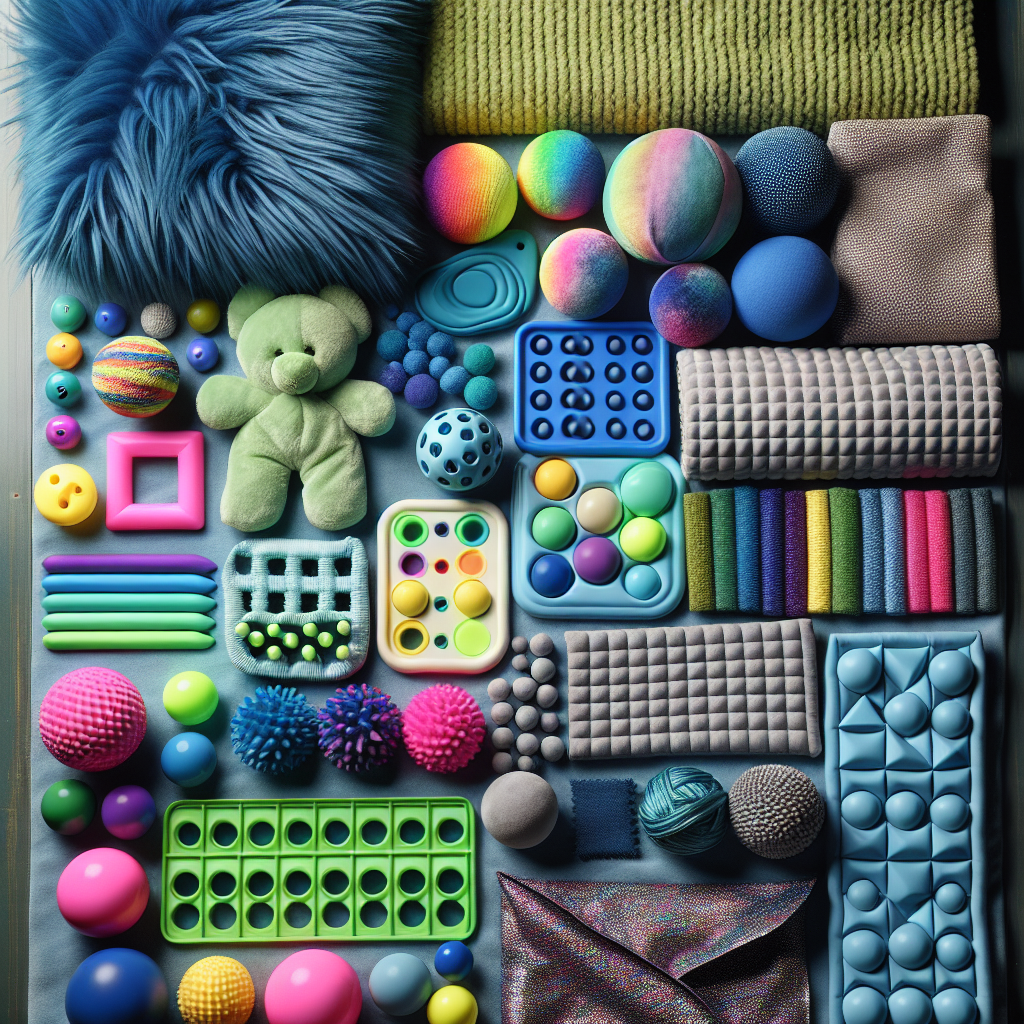Sensory modulation is the brain’s ability to respond appropriately to the sensory environment and regulate the body’s responses to sensory input. For adults, the ability to modulate sensory information effectively is crucial for performing everyday tasks, maintaining relationships, and achieving a balanced state of well-being. This article delves into strategies that can help adults improve their sensory modulation, ensuring they can navigate the world around them with greater ease and comfort.
Understanding Sensory Modulation
Before delving into the strategies, it’s important to understand what sensory modulation is and why it matters. Sensory modulation disorder can be characterized by over-responsiveness or under-responsiveness to sensory stimuli. This can lead to difficulties in performing daily activities, emotional regulation, and social interactions.
Improving sensory modulation in adults requires an integrative approach, considering various health aspects, including sensory health, which plays a pivotal role in how we interact with our environment.
Sensory Diet: A Personalized Approach
A sensory diet is a tailored set of activities that provides the sensory input a person needs to stay focused and organized throughout the day. Just like we need food at regular intervals, sensory input is needed consistently to help regulate our sensory systems. Here are some components of a sensory diet:
Tactile Activities
Engaging in tactile activities, such as gardening or using stress balls, can provide the necessary input to those who require more touch-based stimulation. Tactile activities can be both soothing and alerting, depending on the individual’s needs.
Proprioceptive Input
Activities that provide proprioceptive feedback, such as yoga or using resistance bands, can be grounding for individuals who have difficulty perceiving their body’s position in space. This form of input can improve body awareness and promote a sense of calm.
Vestibular Activities
Vestibular activities that involve movement, such as swinging or balancing exercises, can help regulate sensory systems that are either over-stimulated or under-stimulated. These activities can be especially beneficial for individuals who seek constant movement or who are easily dizzy and disoriented.
Incorporating Mindfulness and Meditation
Mindfulness and meditation practices can enhance sensory modulation by training the brain to focus on present sensations without judgment. Techniques such as deep breathing, progressive muscle relaxation, and guided imagery can help individuals become more attuned to their sensory experiences and manage their reactions to them.
Environmental Modifications
Adjusting the environment can significantly improve an individual’s ability to modulate sensory input. This can include:
- Reducing clutter and visual noise to minimize overstimulation.
- Using soft lighting or natural light to avoid harsh sensory inputs.
- Creating quiet zones or using noise-canceling headphones to manage auditory input.
Leveraging Technology
Advancements in technology have led to new ways to support sensory modulation. Virtual reality techniques can be used to create controlled environments that desensitize or acclimatize individuals to certain stimuli.
Physical Activity and Exercise
Regular physical exercise is an excellent strategy for improving sensory modulation. It provides structured sensory input, releases endorphins, and helps regulate the nervous system. Activities like swimming, running, or even a brisk walk can make a significant difference in sensory processing.
Sensory Integration Therapy
Sensory integration therapy is often used by occupational therapists to help individuals respond more efficiently to sensory input. This form of therapy involves specific sensory activities that are designed to challenge the individual’s ability to respond to sensory input in a more adaptive manner.
The Role of Nutrition
Nutrition can influence sensory processing. A balanced diet with essential nutrients can help the nervous system function optimally. Adaptive equipment like weighted utensils can also assist individuals with sensory processing difficulties in managing their dietary needs.
For more specific strategies tailored to different life stages, consider reading about sensory processing challenges in adolescents and how to help them.
When seeking out additional resources, it is essential to find high-quality, niche information. For example, the Sensory Processing Disorder Foundation provides a wealth of information on sensory processing issues and strategies for all age groups. Additionally, the STAR Institute offers resources on sensory health and treatment options.
Conclusion
Improving sensory modulation is a multifaceted endeavor that requires a personalized approach. By incorporating a sensory diet, mindfulness techniques, environmental modifications, technology, physical activity, therapy, and proper nutrition, adults can enhance their ability to process sensory information effectively. These strategies can lead to improved daily functioning, emotional regulation, and overall quality of life.
For further exploration of sensory health and its implications, consider investigating the relationship between sensory health and physical fitness and how they interact to support well-being.
Remember, each individual’s sensory needs are unique, and what works for one person may not work for another. It’s important to consult with healthcare professionals to create a plan that caters to personal sensory profiles. With the right strategies and support, sensory modulation can be improved, leading to a more balanced and fulfilling life.



